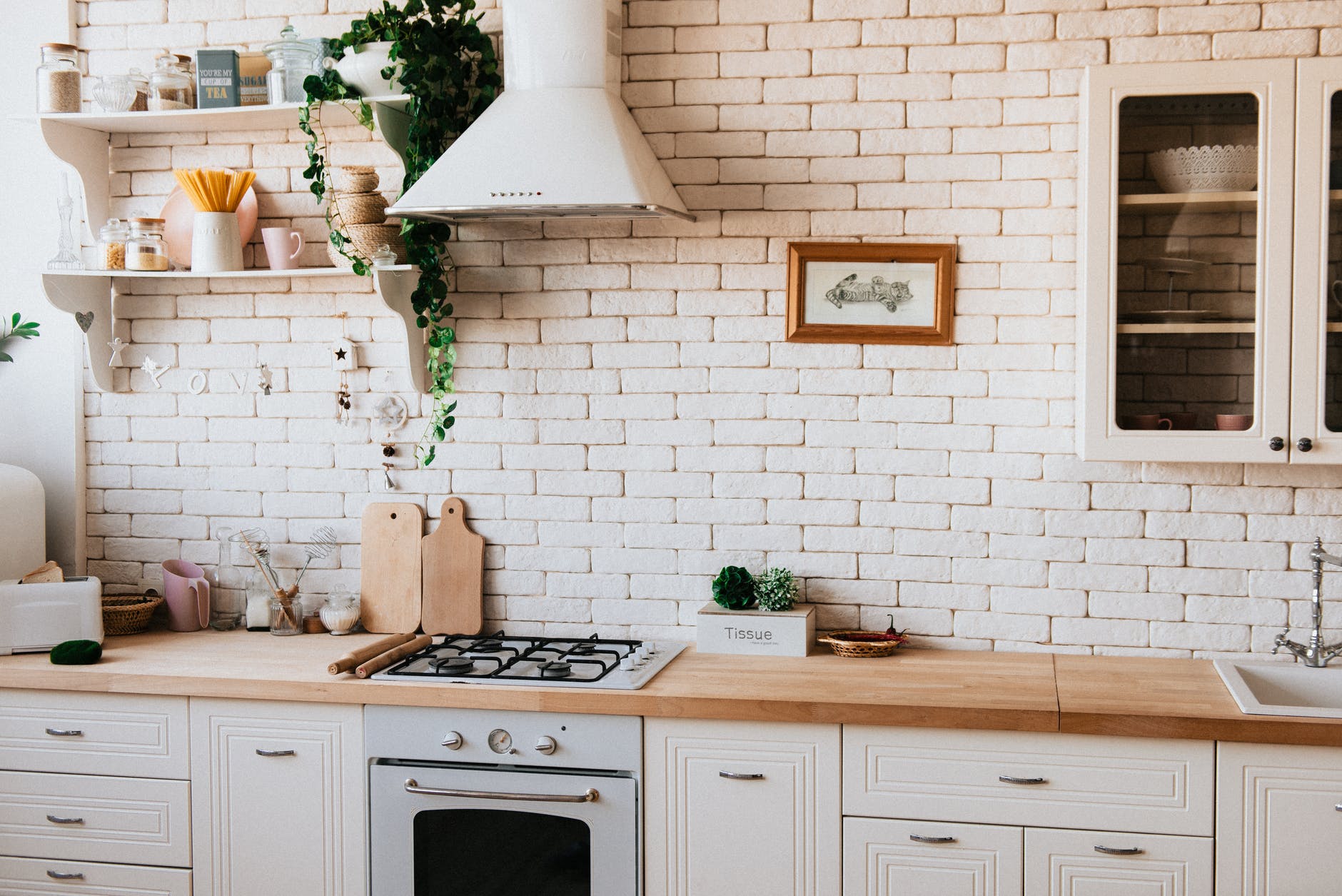
Houses need ventilation for safety and comfort. Ventilation keeps the air fresh and prevents excess moisture from building up. If a house is located in high humidity, ventilation is essential for maintaining its interior air quality. Insufficient ventilation can also lead to mould growth and structural damage if a home is exposed to water damage from flooding or leaks. In this article, we’ll discuss the benefits and types of house ventilation.
Why Do Houses Need Proper Ventilation
Ventilation is extremely important to the health of your household. It draws out vaporized moisture and contaminants from cooking, bathing, pets and other sources of water in your home or apartment. Here are the benefits of ventilating a house.
Reduce Condensation
Condensation occurs when warm air comes into contact with colder surfaces, such as walls and windows. This phenomenon can create mould on the walls and ceiling of your home. Ventilation systems reduce condensation by keeping air moving through your home throughout the year.
Air Regulation
Air circulation within a house is essential to maintaining good health. When you use ventilation systems, the air inside your home circulates freely throughout all areas of your house, which prevents the build-up of harmful impurities.
Control Impurities
In addition to air circulation, ventilation systems also help control impurities by keeping dirt and dust out of your house. By preventing dirt build-up in your home, ventilation systems help prevent allergies and illness.
Health Benefits
Significant health benefits can be gained from proper ventilation of homes. Homes that don’t have proper ventilation are more prone to mould growth, and mould is a substance that causes many respiratory problems, sinus infections, and other illnesses. Proper ventilation also helps reduce the bacteria that builds up in your home. It also reduces allergens in the air, which can help people with asthma or allergies.
Energy Efficiency
Using proper ventilation can reduce heating and cooling costs by keeping your home at a higher temperature when the weather is warm and by keeping your home at a lower temperature when it is cold outside. Proper ventilation keeps sunlight out during the summer and allows it to come into the house during the winter, so you don’t have to pay as much for heating or cooling throughout the year.
Reduces Back drafting Risks
Proper ventilation can prevent the back-drafting of smoke from fireplaces or wood-burning stoves, which is especially important if you have an attached garage or other buildings close to your house. You can prevent smoke from entering those buildings while still allowing fresh air inside your house by having proper ventilation.
Types of Ventilations
Ventilations come in a wide range of types, models and sizes depending upon the actual requirements. Here are types of house ventilations.
Natural Ventilation
Natural ventilation system occurs when warm air inside your home rises and pushes out through vents in the ceiling or walls, pulling cooler air into your home through other vents. This type of ventilation is great for houses with lots of windows and wind-facing upper floors. However, it can cause temperature swings where one room is significantly warmer than another, so it’s not ideal for homes without proper insulation.
Whole-House Ventilation
Whole-house ventilation is the most common and reliable form of ventilation in homes. Whole-house ventilation relies on fans to distribute air throughout the house. The fans can be either supply or return fans. Supply fans are located within the conditioned space of a home and are used to bring fresh air inside the home. Return fans are usually found within the basement or crawlspace and bring dry, stale air back outside.
Spot Ventilation
Spot ventilation happens when hot air from an appliance or other high-use area gets vented into an adjacent room, creating a pocket of significantly warmer air that unbalances the temperature in that room. This type of smoke ventilation system is most commonly found in kitchens without smoke detectors, which means it’s easy to end up with a house that’s too hot or too cold because of spot venting if you aren’t careful.
Wrapping Up
The purpose of ventilation is to balance the inside and outside of a house. Ventilation brings in the fresh air and moves stale air out. Therefore, it’s important to have good ventilation.

Leave a Reply